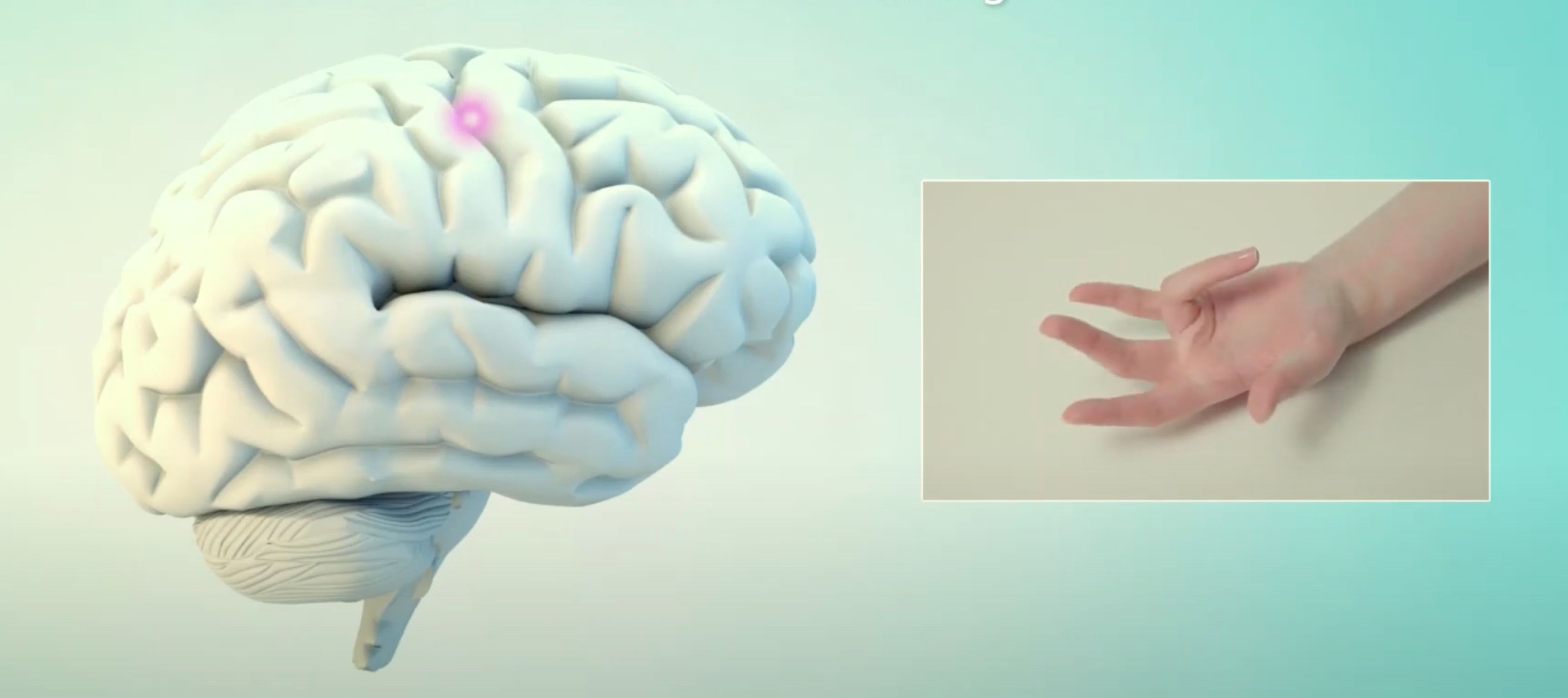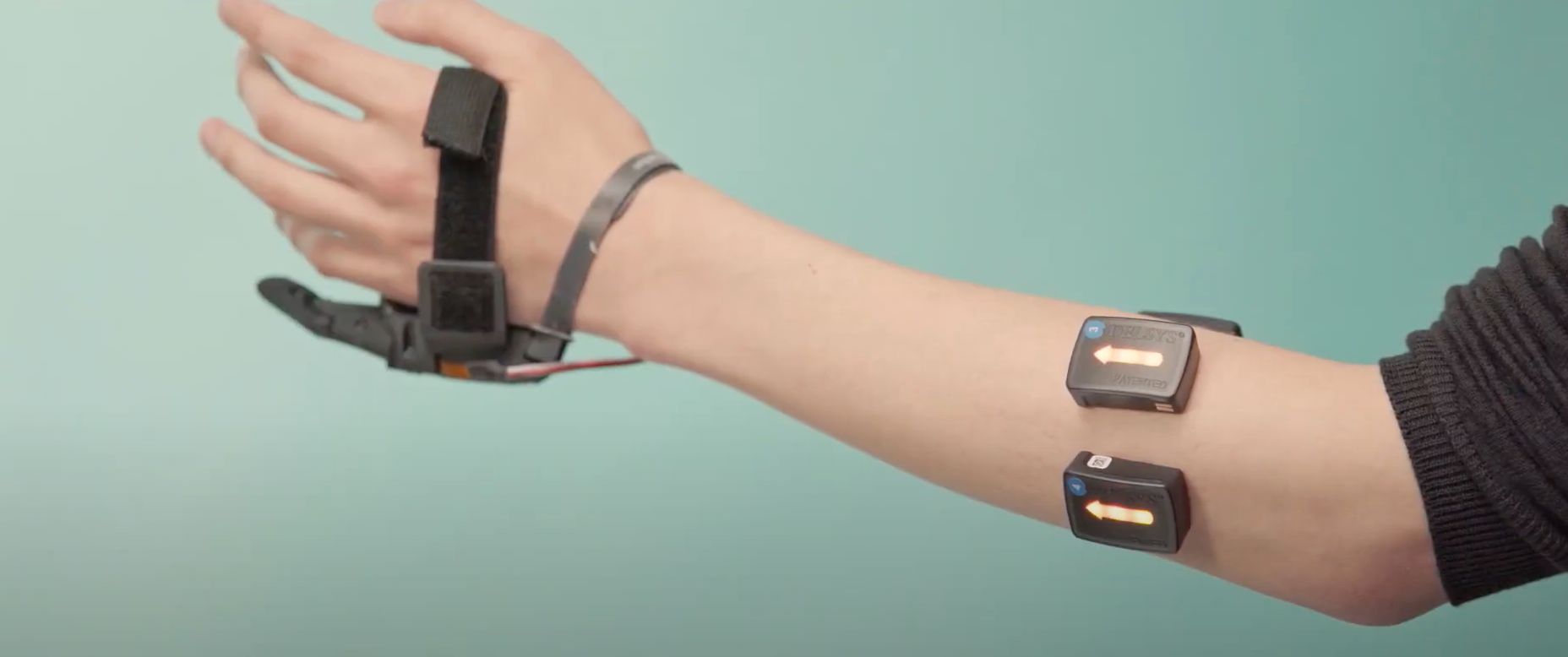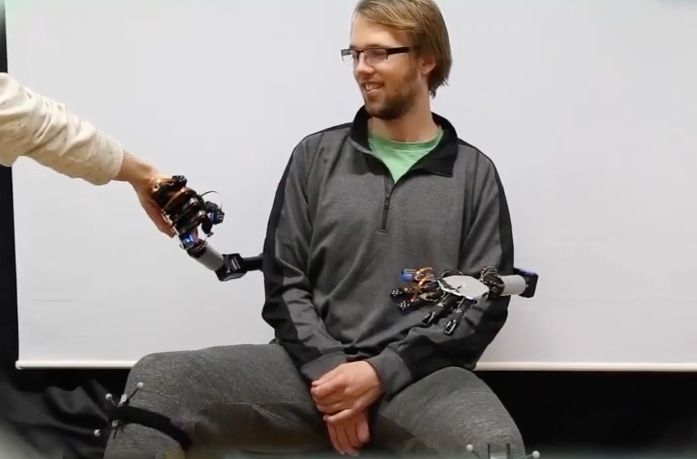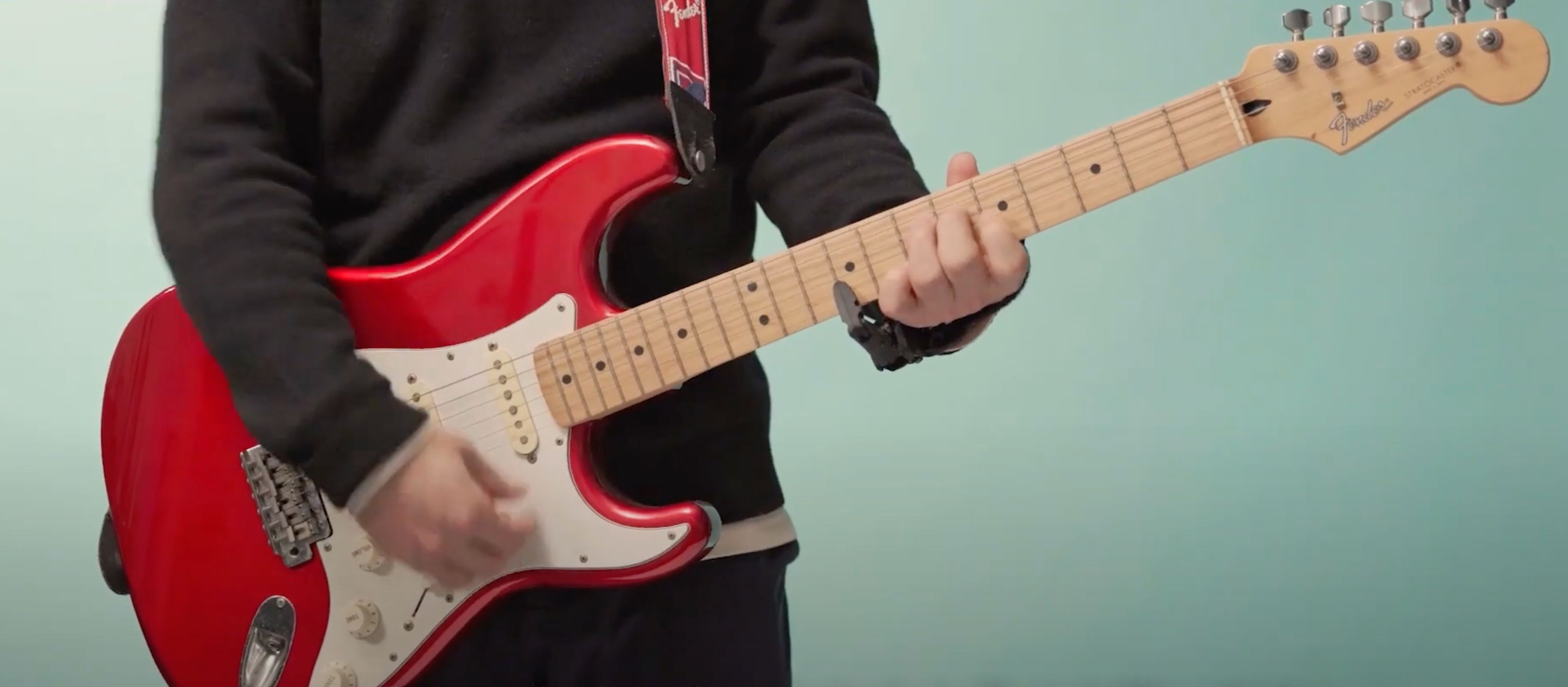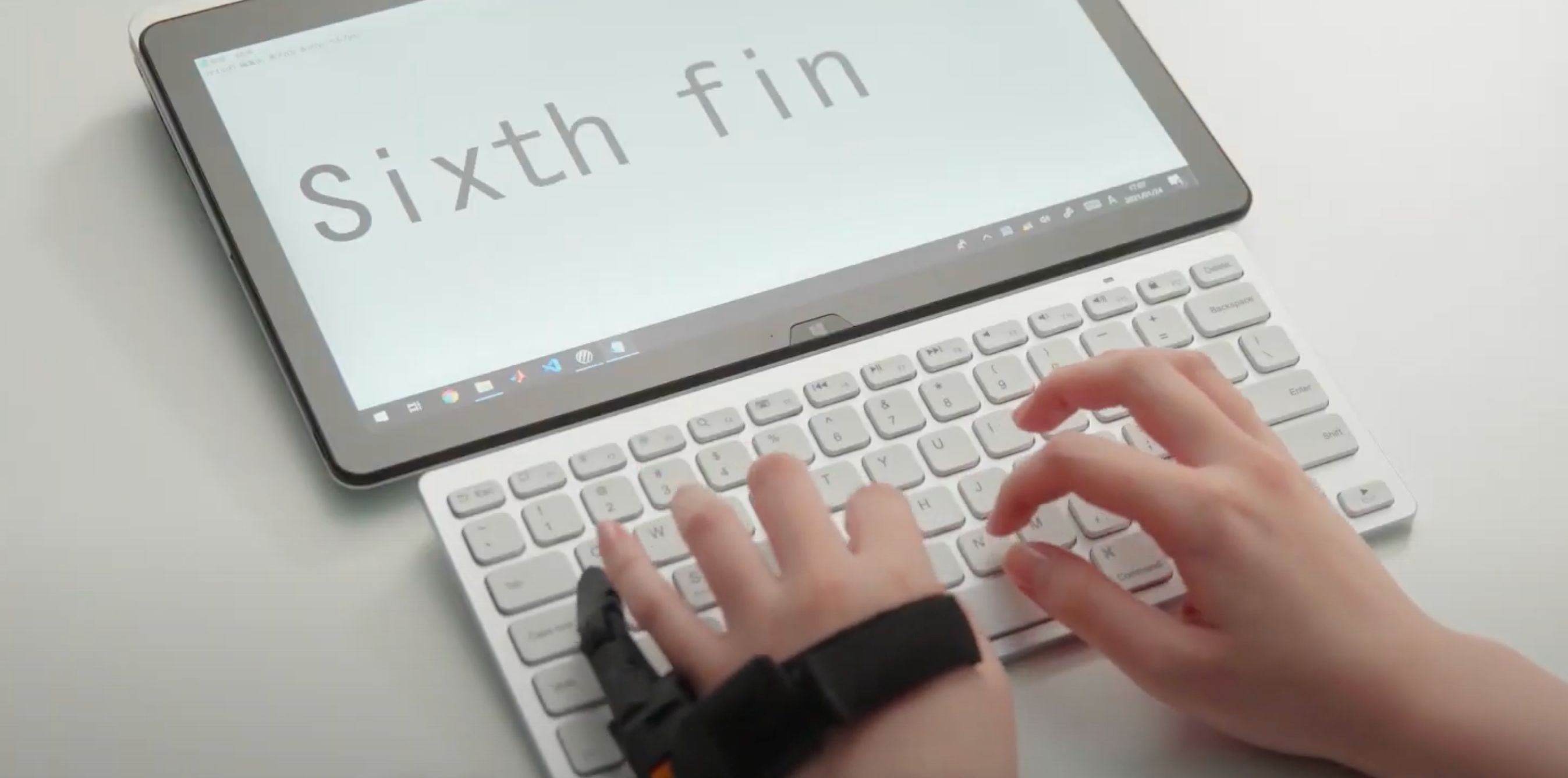Can the brain accept and use a robotic limb? Behind this question, it relates above all to cerebral plasticity. Researchers from the CNRS and the University of Tokyo in Japan attempted the experiment by sticking a sixth finger on the hands of several volunteers. Because if we know the brain’s ability to adapt when replacing a missing limb with a robotic one, we know very little about the brain’s reaction to the extra limb.
>> Read also: ‘Reinforced’ Bodies: Will cyberpower soon work for everyone?
The use of the sixth finger is possible!
After a while, the participants were able to use and bend that extra finger, type on the keyboard or grab a cup… But how is that possible?
The areas of the brain that control finger movement are located in the motor cortex and somatosensory cortex. Within these two areas, each small area is dedicated to a specific finger. As the researchers explain in a video (see below), each time a finger is moved, activation of a specific area of the brain can be observed.
To make the sixth finger work, the researchers placed sensors on the forearms of eighteen volunteers, which pick up electrical signals sent from the brain to the muscles. These electrical signals are processed by a computer and then sent to the actuator to control the artificial finger.
The researchers noted that volunteers were able to use this sixth tip after prolonged use of the last tip. Most comically, they note that the more the sixth finger is accepted by the brain, the less sure the participant is of the location of their little finger on their hand… as if the robotic finger was an integral part of their hand.
This is the first time researchers have experimentally shown that it is possible to integrate an autonomous robotic limb into the body.
What happens in the brain when this new finger fuses?
The patterns of motor activation and the somatosensory cortex appear to be altered. So when you use the sixth finger, it’s actually an area that normally controls another finger. But this zone can vary: in other words, the sixth finger is sometimes located on the activation zone of the middle finger, sometimes on the index finger, etc.
What are the applications for the sixth finger?
The uses are endless. Besides the fact that it is interesting to control a limb outside the body (and may be very annoying), scientists are mainly interested in how to increase the body. For example, adding two more arms to perform complex tasks.
A volunteer tries to activate his robotic arms to shake hands with someone.Credits: K.Umezawa
In the meantime, the researchers have shared some images that show the practical side of the sixth finger: holding your laptop, typing faster text on the keyboard, or even playing complex guitar chords!
source:bioRxivApril 2022.

“Subtly charming problem solver. Extreme tv enthusiast. Web scholar. Evil beer expert. Music nerd. Food junkie.”



